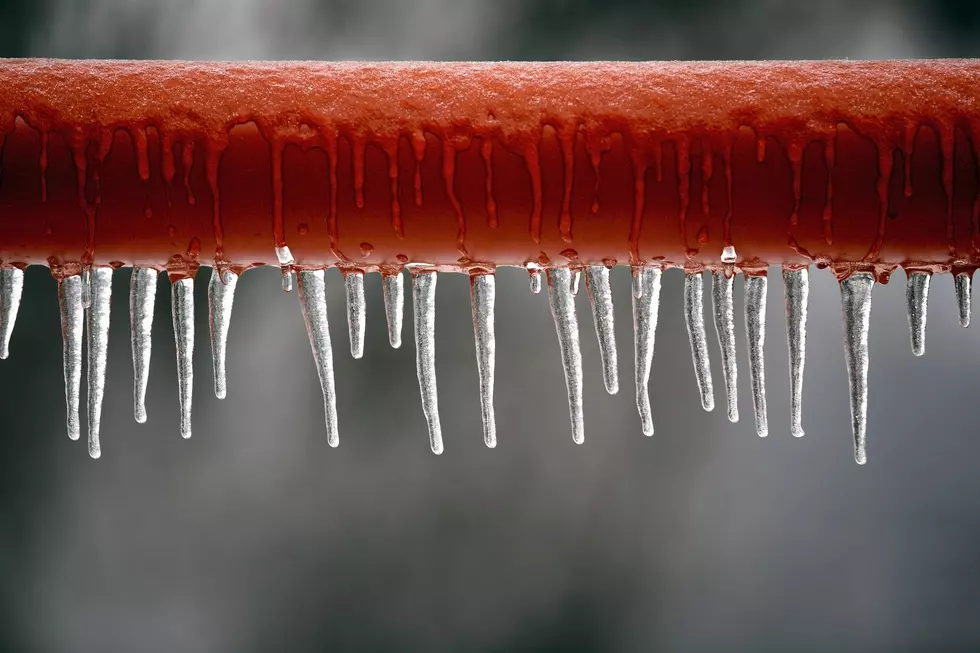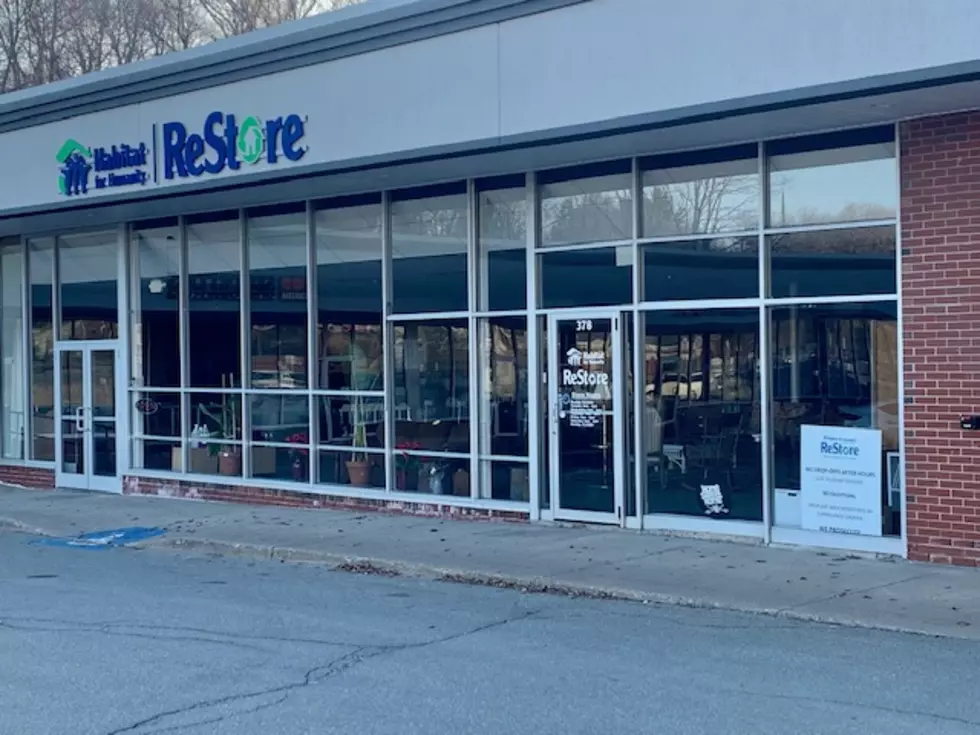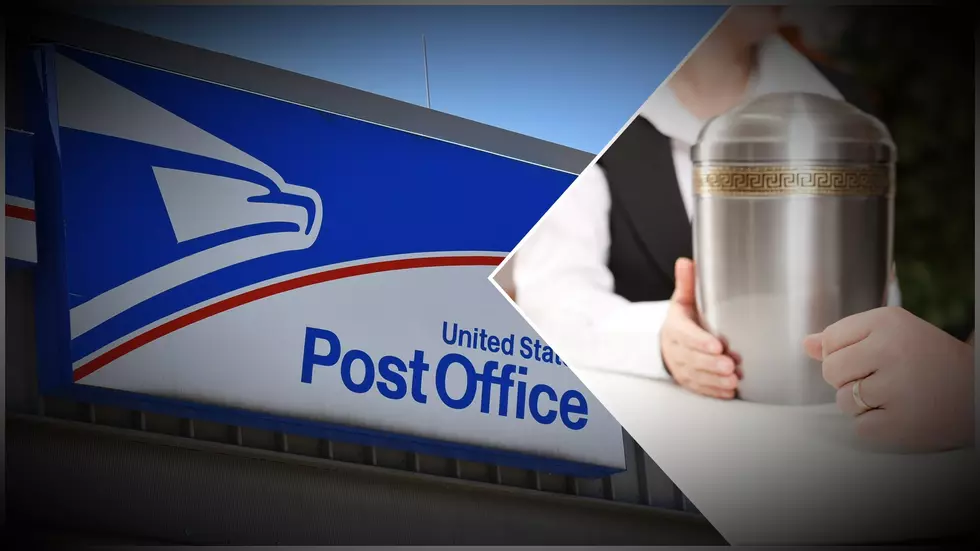
Here’s What to Do When Your Pipes Freeze
We have begun a weather trend (finally) of cold temperatures, typical for the middle of the Maine winter. Unfortunately, these consistent cold temperatures, at 20-degrees Fahrenheit, to be exact, is also the 'temperature threshold' for creating frozen pipes.
Pipes at risk of freezing typically happen in a few areas including near outer walls of your home but also a few other places to keep an eye on. Consumer reports states there's a few extra places to put your attention to, "The pipes most at risk are those in unheated interior spaces such as basements, attics, and garages. But even pipes running through cabinets or exterior walls can freeze."
So, if you haven't properly prepared already this winter, you can still seal cracks around exteriors near your pipes. You can still add insulation around your pipes to help regulate the water temperature in the pipes better. Also, open faucets at night on a regular basis to allow for water to flow through the pipes and try to avoid ice build up.
Other ways to prevent frozen water pipes is by opening kitchen cabinets to let warm air into the space and keep the thermostat at at least 55-degrees F.
If you find that you do have a frozen pipe, indicated by a slow water flow or low pressure, DO NOT EXPOSE AN OPEN FLAME OR TORCH TO A FROZEN PIPE!
Heating options include using a warming pad, using a hair dryer, towels soaked in hot water or using a safely spaced space heater. Apply heat until the water pressure from the pipe is back to normal.
If your pipes do freeze and burst, you will freak out but first step is to shut the water off. You can choose to do it at a fixture, but the main water pipe, where the water comes into your house is probably your best bet.
Wikihow has some instructions for different places to turn the water off.
Next call a plumber and your insurance company cause, this is now a job for professionals.




